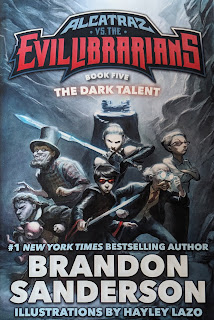
The society is very stratified. The senior party officials live like kings and have a right to limited privacy. The lesser party party members are always watched, but live within a rule of law. They are protected, but most adhere to the strict rules. Even history is subject to change. They are always monitored by two-way telescreens. Even their thoughts could turn them in. The lower classes are for all practical purposes ignored. They can get away with anything, but end up punishing themselves with internal crimes. The society is content, but suffering as war continues going on.
Why is the book important today? The stories of fake news do seem similar to what happens in the Oceana of the novel. People are manipulated in to believing what the government wants them to believe. These same people may see their physical comforts diminish as they are cheering on the war's heroes and "hating" the other side. This parallels the left's view of the right-wing reactionaries. However, the left doesn't get off unscathed. The party regularly rewrites history to conform to the the current views. Disgraced people are "removed" from historical accounts. The current enemy has "always" been the enemy. This parallels sure looks a lot like the right's view of left-wing political correctness and revisionist history. The stratification of society can also be adopted by either side to describe modern day America. We have a wealthy elite that control everything. The party, represented by big borther is the corporate entity that has total power over society. The upper party members are those corporate elite that exercise true power. The others are their minions. The lowest classes are meant to rot as being unimportant. (Or depending on political persuasion, they are kept in a sufficient mass to allow the middle class to be oppressed.)
The moral code (with sex restricted solely to procreation as a duty to the party) and torture (strict physical torture to brainwash nonconformists) occupy a great deal of the text, but reduce the power of the novel. A society that actively spends that much effort physically forcing control seems less powerful than one that uses subtlety to get people to exercise the control themselves.
























